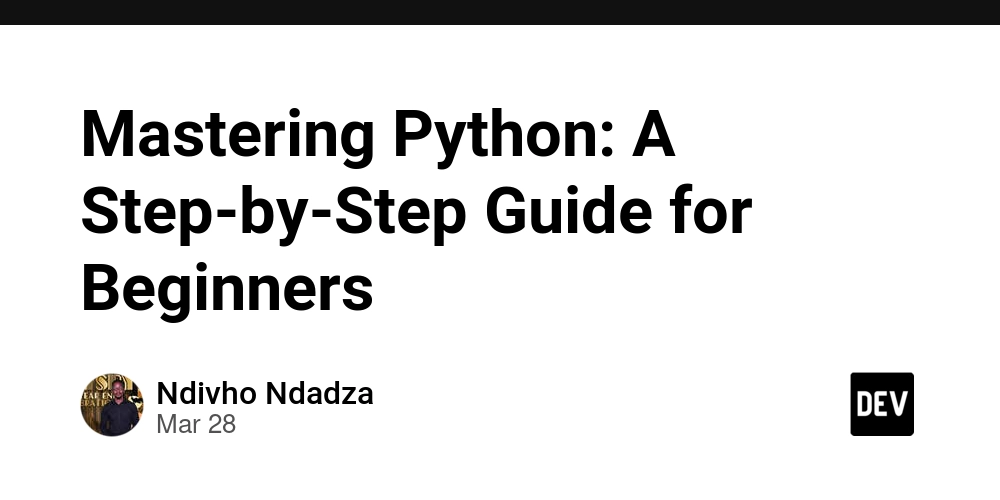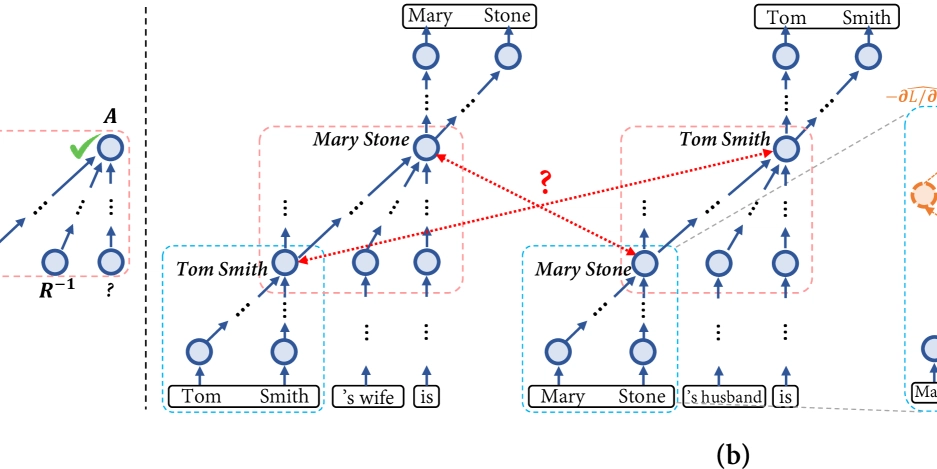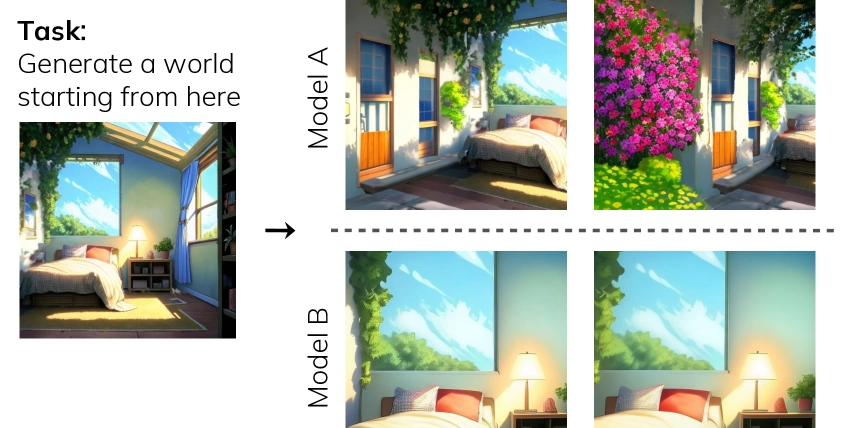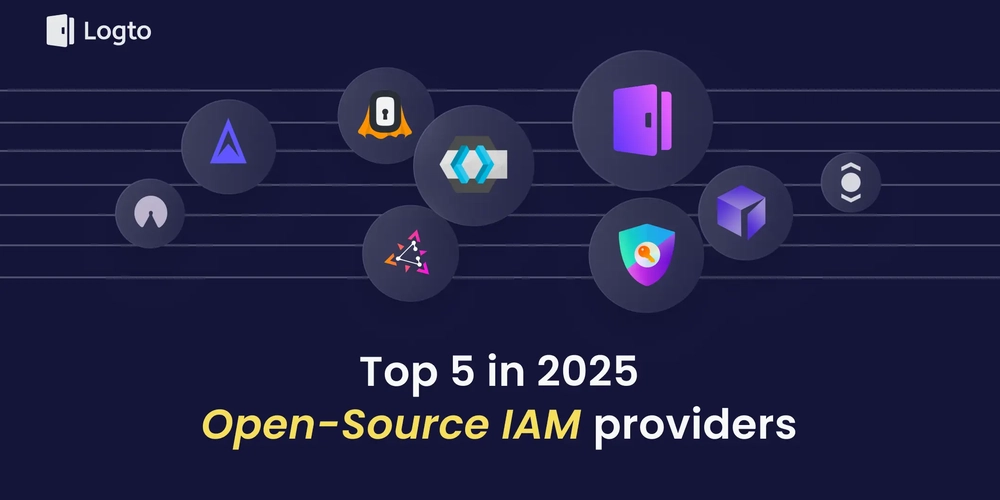Mastering Python: A Step-by-Step Guide for Beginners
Python has become one of the most popular programming languages in the world, and for good reason. It is simple to learn, yet powerful enough to be used in web development, data science, artificial intelligence, automation, and more. If you are just starting your journey with Python, this step-by-step guide will help you gain confidence and master the fundamentals. Step 1: Understand Why You Should Learn Python Before diving into coding, it is essential to understand why Python is worth learning. Some key reasons include: Beginner-Friendly Syntax: Python’s syntax is easy to read and understand, making it an excellent choice for beginners. Versatility: From web applications to machine learning, Python is used across industries. Large Community and Resources: With a vast online community, you can easily find tutorials, courses, and forums for support. Step 2: Set Up Your Python Environment To start coding in Python, you need to set up your development environment: Download and Install Python: Visit the official Python website to download and install the latest version. Choose an IDE or Text Editor: Popular choices include VS Code, PyCharm, Jupyter Notebook, and IDLE. Set Up a Virtual Environment: This helps you manage dependencies and avoid conflicts between projects. Step 3: Learn the Basics Start by learning the fundamental concepts of Python: Variables and Data Types: Learn how to store data using variables and different data types like integers, floats, and strings. Operators and Expressions: Understand arithmetic, comparison, and logical operators. Control Flow Statements: Use if, else, elif, loops (for and while), and functions to control the flow of your programs. Step 4: Work with Data Structures Understanding Python’s built-in data structures is crucial for writing efficient code: Lists: Ordered collections that allow modifications. Tuples: Immutable sequences of elements. Dictionaries: Key-value pairs for fast lookups. Sets: Unordered collections of unique elements. Step 5: Practice Writing Python Programs The best way to learn Python is by writing code. Start small with simple programs such as: A calculator A to-do list app A number guessing game ** Step 6: Explore Libraries and Frameworks** Python has a vast ecosystem of libraries that can help you with various tasks: For Data Analysis: pandas, numpy For Web Development: Flask, Django For Machine Learning: scikit-learn, tensorflow For Automation: selenium, pyautogui Step 7: Work on Real-World Projects Once you have mastered the basics, start working on real-world projects. Some beginner-friendly project ideas include: A weather app A password manager A chatbot A personal finance tracker Step 8: Join the Python Community Being part of a community can accelerate your learning: Join forums like Stack Overflow and Reddit’s r/learnpython. Participate in open-source projects on GitHub. Attend local Python meetups or online coding bootcamps. Step 9: Keep Learning and Improving Programming is a continuous learning process. Stay up to date by: Reading Python blogs and documentation. Taking advanced courses. Practicing coding challenges on platforms like LeetCode and HackerRank. Ready to Start Your Python Journey? If you’re serious about mastering Python, the best time to start is now! Take your first step by setting up your development environment and writing your first program. Commit to coding daily, build small projects, and never stop learning.

Python has become one of the most popular programming languages in the world, and for good reason. It is simple to learn, yet powerful enough to be used in web development, data science, artificial intelligence, automation, and more. If you are just starting your journey with Python, this step-by-step guide will help you gain confidence and master the fundamentals.
Step 1: Understand Why You Should Learn Python
Before diving into coding, it is essential to understand why Python is worth learning. Some key reasons include:
Beginner-Friendly Syntax: Python’s syntax is easy to read and understand, making it an excellent choice for beginners.
Versatility: From web applications to machine learning, Python is used across industries.
Large Community and Resources: With a vast online community, you can easily find tutorials, courses, and forums for support.
Step 2: Set Up Your Python Environment
To start coding in Python, you need to set up your development environment:
Download and Install Python: Visit the official Python website to download and install the latest version.
Choose an IDE or Text Editor: Popular choices include VS Code, PyCharm, Jupyter Notebook, and IDLE.
Set Up a Virtual Environment: This helps you manage dependencies and avoid conflicts between projects.
Step 3: Learn the Basics
Start by learning the fundamental concepts of Python:
Variables and Data Types: Learn how to store data using variables and different data types like integers, floats, and strings.
Operators and Expressions: Understand arithmetic, comparison, and logical operators.
Control Flow Statements: Use if, else, elif, loops (for and while), and functions to control the flow of your programs.
Step 4: Work with Data Structures
Understanding Python’s built-in data structures is crucial for writing efficient code:
Lists: Ordered collections that allow modifications.
Tuples: Immutable sequences of elements.
Dictionaries: Key-value pairs for fast lookups.
Sets: Unordered collections of unique elements.
Step 5: Practice Writing Python Programs
The best way to learn Python is by writing code. Start small with simple programs such as:
A calculator
A to-do list app
A number guessing game
**
Step 6: Explore Libraries and Frameworks**
Python has a vast ecosystem of libraries that can help you with various tasks:
For Data Analysis: pandas, numpy
For Web Development: Flask, Django
For Machine Learning: scikit-learn, tensorflow
For Automation: selenium, pyautogui
Step 7: Work on Real-World Projects
Once you have mastered the basics, start working on real-world projects. Some beginner-friendly project ideas include:
A weather app
A password manager
A chatbot
A personal finance tracker
Step 8: Join the Python Community
Being part of a community can accelerate your learning:
Join forums like Stack Overflow and Reddit’s r/learnpython.
Participate in open-source projects on GitHub.
Attend local Python meetups or online coding bootcamps.
Step 9: Keep Learning and Improving
Programming is a continuous learning process. Stay up to date by:
Reading Python blogs and documentation.
Taking advanced courses.
Practicing coding challenges on platforms like LeetCode and HackerRank.
Ready to Start Your Python Journey?
If you’re serious about mastering Python, the best time to start is now! Take your first step by setting up your development environment and writing your first program. Commit to coding daily, build small projects, and never stop learning.










































































































































































![[The AI Show Episode 142]: ChatGPT’s New Image Generator, Studio Ghibli Craze and Backlash, Gemini 2.5, OpenAI Academy, 4o Updates, Vibe Marketing & xAI Acquires X](https://www.marketingaiinstitute.com/hubfs/ep%20142%20cover.png)














































































































































































































































.jpg?#)















































































































































![YouTube Announces New Creation Tools for Shorts [Video]](https://www.iclarified.com/images/news/96923/96923/96923-640.jpg)

![Apple Faces New Tariffs but Has Options to Soften the Blow [Kuo]](https://www.iclarified.com/images/news/96921/96921/96921-640.jpg)
































































































































